The Everest Three High Passes Trek is a renowned trekking adventure that challenges adventurers to conquer three high-altitude passes in the Khumbu region of Nepal. Trekkers will be rewarded with breathtaking views of iconic Himalayan peaks, the opportunity to visit Everest Base Camp, and the chance to enjoy the vibrant Sherpa culture. While the trek requires physical endurance and mental fortitude, the sense of accomplishment and the memories made along the way make it a truly unforgettable experience. With proper preparation and the right gear, trekkers can embark on this journey of a lifetime and discover the true essence of the Everest region.
This experience made our list of the 7 Best Hiking And Trekking Tours In Lukla.
Key Points
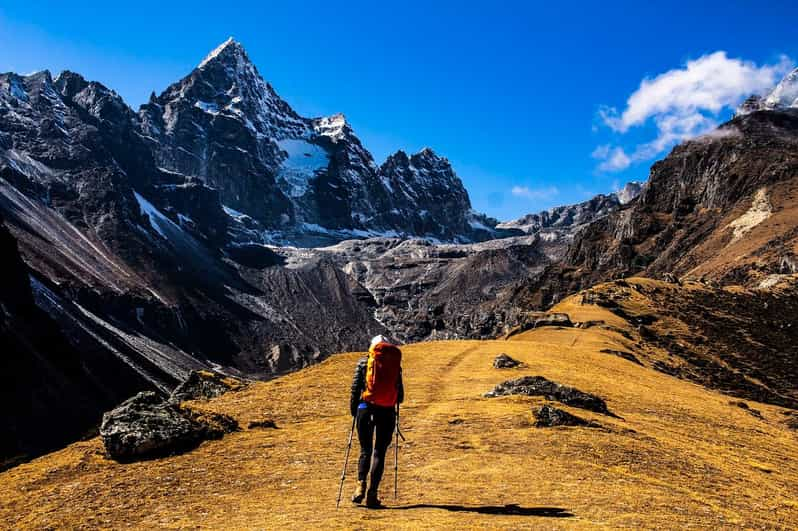
- The Everest Three High Passes Trek is a challenging journey through the Khumbu region, featuring three high-altitude passes: Cho-La, Renjo-La, and Kongma-La.
- The trek offers breathtaking views of iconic peaks like Ama Dablam, Everest, and Lhotse, and includes reaching Everest Base Camp and exploring the Gokyo lakes.
- Accommodations range from basic teahouses to comfortable lodges, and experienced guides ensure trekkers are well-fed and rested during the trek.
- Proper equipment, including high-quality hiking boots, warm and breathable layers, and a sturdy backpack, is crucial for navigating the high-altitude passes and weather.
- Safety considerations include the risk of altitude sickness, extreme weather, and hazardous terrain, highlighting the importance of acclimatization, hydration, and proper gear.
Trek Overview

The Everest Three High Passes Trek is a challenging and rewarding journey that takes trekkers through the heart of the Khumbu region.
Featuring three high-altitude passes – Cho-La (5,420m), Renjo-La (5,360m), and Kongma-La (5,535m) – this trek offers stunning views of Ama Dablam, Everest, and Lhotse.
Trekkers can reach the iconic Everest Base Camp and explore the serene Gokyo lakes.
The panoramic vista from Kalapatthar is a highlight, and the trek takes place within the Sagarmatha National Park, a UNESCO World Heritage Site.
This arduous yet awe-inspiring journey promises an unforgettable experience for seasoned adventurers seeking to enjoy Nepal’s majestic mountain landscape.
Ready to hit more trails? More hiking adventures we feature in Lukla
Itinerary Highlights
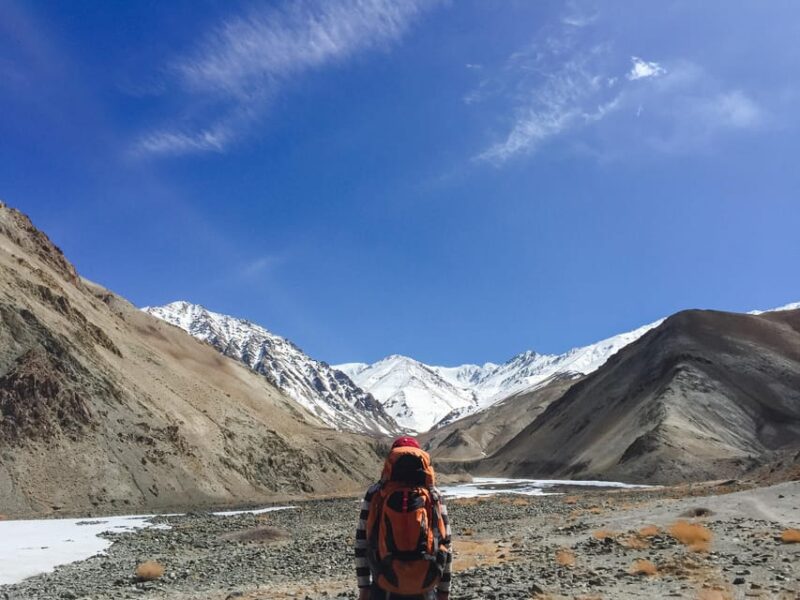
Kicking off the Everest Three High Passes Trek, trekkers embark on a flight to Tenzing-Hillary Airport in Lukla.
They’ll spend their first night in Phakding, then trek through picturesque Sherpa villages.
The vibrant Namche Bazaar offers amenities before they encounter breathtaking mountain vistas and glaciers.
At Gorakshep and Kala Patthar, trekkers will bond with fellow adventurers as they push their limits and appreciate nature.
This challenging trek emphasizes endurance, self-discovery, and a deep connection to the Himalayas, from reaching Everest Base Camp to witnessing the stunning Gokyo lakes and conquering three high passes.
Accommodation and Meals
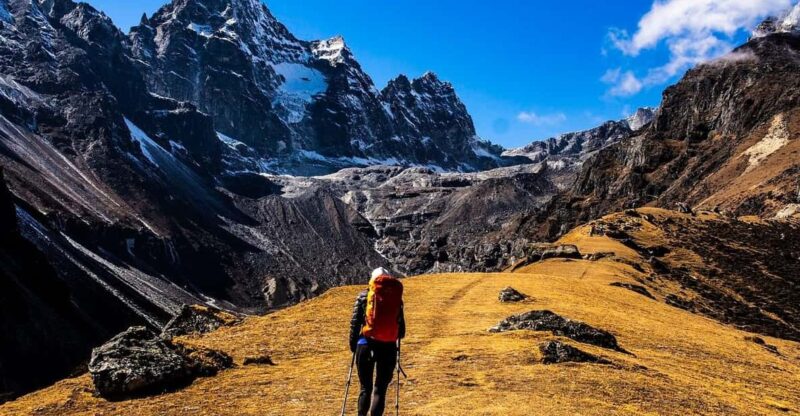
During the Everest Three High Passes Trek, trekkers can expect comfortable accommodations and nourishing meals to fuel their adventures.
The trek includes 3 nights in a 3-star hotel in Kathmandu with breakfast. Throughout the trek, trekkers will be provided with lodging and daily meals, including breakfast, lunch, and dinner. The meals are designed to provide the necessary energy and nutrients to sustain trekkers during the demanding journey.
Accommodations range from basic teahouses to more comfortable lodges, ensuring a good night’s rest after each day’s hike. The experienced guides ensure that trekkers are well-fed and rested, allowing them to fully enjoy the stunning natural surroundings.
Essential Gear
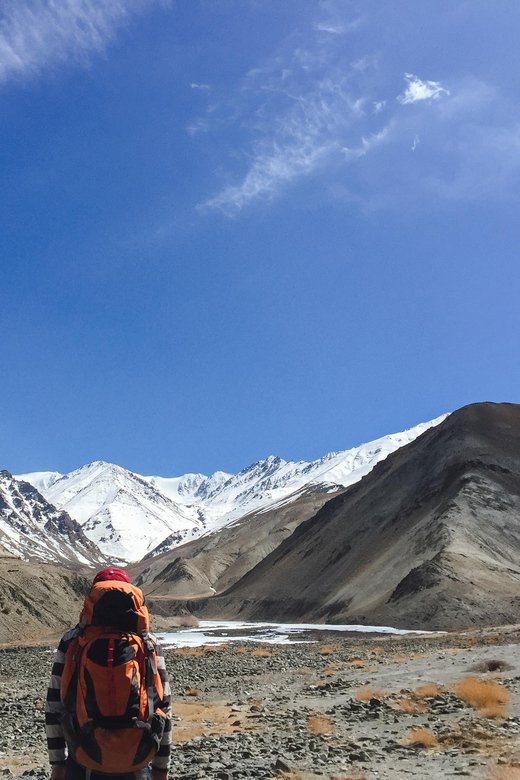
For the Everest Three High Passes Trek, trekkers must pack essential gear to ensure a comfortable and safe journey. This includes:
-
High-quality, weatherproof hiking boots with good traction to navigate the rugged terrain.
-
Warm, breathable layers like thermal underwear, fleece jackets, and down-filled outerwear to combat the chilly mountain climate.
-
A sturdy, lightweight backpack with a hip belt to distribute the weight evenly and comfortably.
Proper preparation with the right equipment is crucial, as the trek involves navigating high-altitude passes and unpredictable weather conditions.
Trekkers should consult with their guide or outfitter to ensure they’ve everything they need for this challenging yet rewarding adventure.
More Great Thing To Do NearbyPermits and Fees
Obtaining the proper permits and paying necessary fees are critical steps for embarking on the Everest Three High Passes Trek. Trekkers must obtain a Sagarmatha National Park Permit and a Trekkers’ Information Management System (TIMS) card, which can be acquired in Kathmandu. The park permit costs $30 USD, while the TIMS card is $20 USD. Plus, a Nepali entry visa is required, which can be obtained upon arrival at the airport. These permits and fees ensure trekkers’ compliance with regulations and contribute to the maintenance of the fragile Everest region. Careful planning and budgeting are essential to ensure a successful and responsible trek.
| Permit/Fee | Cost (USD) |
|---|---|
| Sagarmatha National Park Permit | $30 |
| Trekkers’ Information Management System (TIMS) Card | $20 |
| Nepali Entry Visa | Varies |
Safety Considerations
Safety is paramount when embarking on the Everest Three High Passes Trek. Trekkers must be prepared for the challenges of high-altitude hiking, which include:
-
Altitude sickness: Symptoms like headaches, nausea, and fatigue can occur at elevations above 3,000 meters. Proper acclimatization, hydration, and rest are crucial.
-
Extreme weather: Trekkers may face harsh winds, snow, and freezing temperatures. Proper clothing and gear are essential for protection.
-
Hazardous terrain: The high passes involve technical hiking over glaciers and steep, rocky paths. Trekkers must exercise caution and follow the guidance of experienced guides.
Strict safety protocols and responsible trekking practices are in place to ensure the well-being of all participants.
Cancellation and Payment
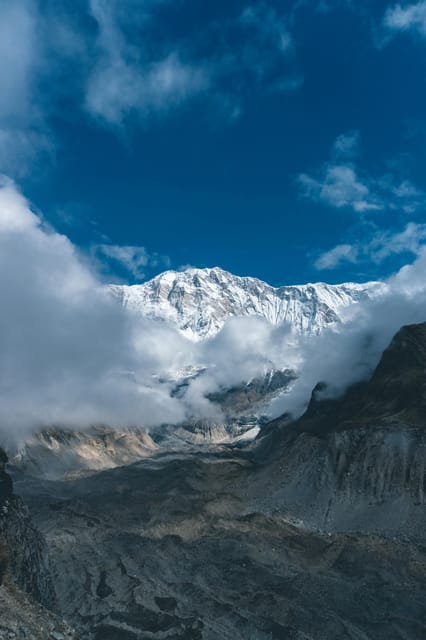
Travelers can take advantage of the flexible cancellation policy, which allows free cancellation up to 24 hours prior to the trek’s start. This provides peace of mind and flexibility for those with uncertain schedules.
The tour operator also offers a reserve now, pay later option, making it easier to secure a spot. Prices are all-inclusive, covering airport transfers, accommodation, meals, guides, and necessary permits.
While some additional costs like tips and personal expenses aren’t included, the transparent pricing structure ensures travelers can budget accurately.
With these convenient payment and cancellation terms, the Everest Three High Passes Trek is made accessible to a wider range of adventurers.
Frequently Asked Questions
What’re some of the common questions travelers have about the Everest Three High Passes Trek?
Altitude sickness is a key concern, so it’s important to acclimatize properly. Trekkers also wonder about the weather – the trek can be done year-round, but the best seasons are spring and autumn.
Finally, many ask about the physical difficulty – this is a challenging trek that requires good fitness and stamina.
-
Dealing with Altitude Sickness: Proper acclimatization is essential to avoid altitude-related illnesses.
-
Weather Conditions: The trek is feasible year-round, but spring and autumn offer the most favorable weather.
-
Physical Difficulty: This is a strenuous trek that demands a good level of fitness and endurance.
Frequently Asked Questions
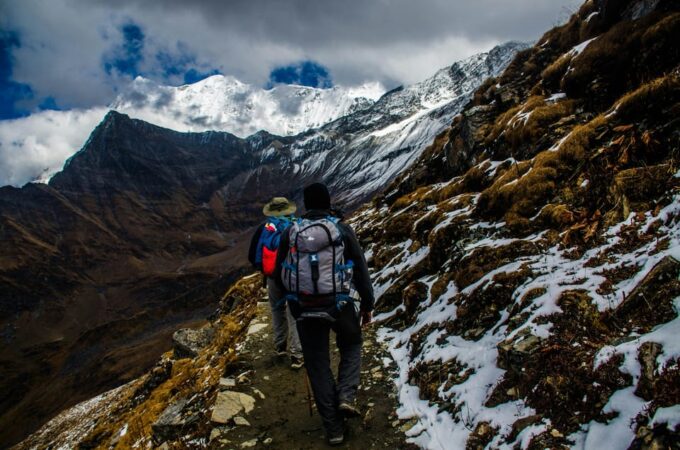
How Difficult Is the Everest Three High Passes Trek?
The Everest Three High Passes Trek is a challenging trek that requires excellent physical fitness and stamina. It involves traversing three high-altitude passes, reaching elevations over 5,400 meters, and trekking for multiple days in rugged mountain terrain.
What Is the Best Time of Year to Do This Trek?
The best time to do this trek is typically from March to May or September to November when the weather is mild, with clear skies and comfortable temperatures, though each season offers its own unique advantages and challenges.
Can I Bring My Own Guide or Porter?
Trekkers can bring their own guide or porter, but it’s recommended to use the tour operator’s provided services. This ensures proper permits, equipment, and support throughout the challenging trek. However, trekkers may opt to hire additional guides or porters if preferred.
Is There a Minimum Group Size Requirement?
There’s typically no minimum group size requirement, though smaller groups may incur higher per-person costs. It’s best to check with the tour operator, as group size policies can vary.
What Are the Emergency Procedures During the Trek?
The trekking company has emergency protocols in place. They’ll coordinate swift medical evacuation if needed, and guides are trained in first aid. Travelers should also ensure they have adequate travel insurance coverage for emergencies during the trek.
Recap
The Everest Three High Passes Trek is an unparalleled adventure that challenges trekkers both physically and mentally. With its stunning vistas, culture, and the opportunity to reach Everest Base Camp, this trek offers an unforgettable journey through Nepal’s magnificent Khumbu region. Experienced hikers seeking an extraordinary high-altitude experience will find the Everest Three High Passes Trek a truly rewarding and life-changing adventure.
You can check if your dates are available here:More Hiking & Trekking Tours in Lukla
More Tour Reviews in Lukla
Not for you? Here's more things to do in Lukla we have recnetly reviewed
- 11 Best Helicopter Flights And Tours In Lukla
- 3 Best Private Car With Driver Services In Lukla
- 9 Best Tours In Lukla
- 7 Best Hiking And Trekking Tours In Lukla
- Everest Base Camp With Cho La & Renjo La Pass Trek – 19 Days
- Kathmandu: Everest Base Camp Helicopter Tour With Breakfast
- Everest Scenic Mountain Flight With Guaranteed Window Seat
- Everest Base Camp Trek
- Kathmandu: Mt. Everest Scenic Flight by Airplane
- Everest Base Camp Classic Trek
- Mera Peak Climbing
- Lukla to Kathmandu Flight Tickets for Everest Trekkers
